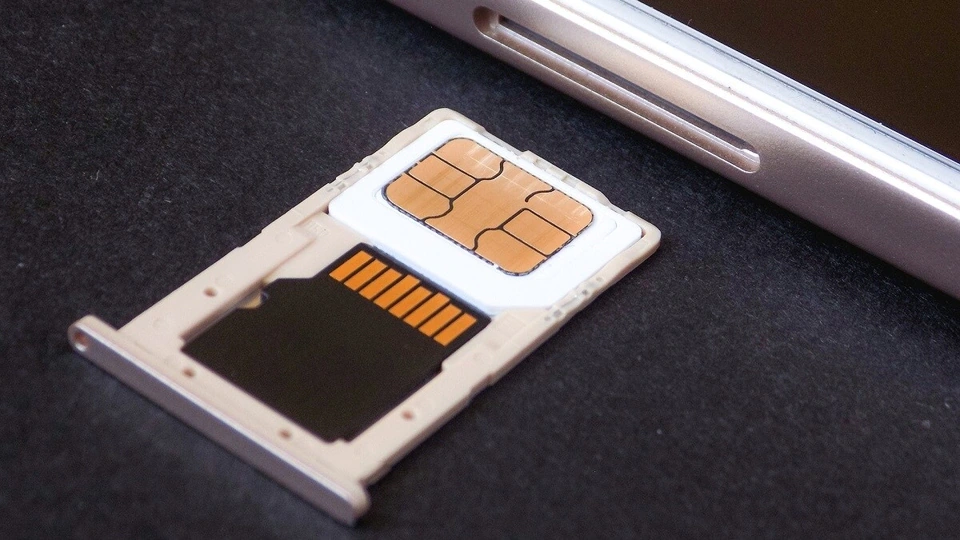
The Evolution Of SIM Cards To ESIMs
An eSIM is a digital SIM card that is integrated into a device, such as a smartphone, tablet, or smartwatch. Instead of physically inserting a SIM card, users can activate their device by downloading the eSIM profile, provided by their mobile network operator, and storing it on the device’s embedded chip.
eSIMs offer the flexibility of activating and switching between multiple network profiles without the need to physically swap SIM cards. Users can switch between different mobile network operators or plans directly from their device’s settings. This makes it convenient for travelers, as they can easily connect to local networks without the hassle of purchasing and inserting a physical SIM card.
eSIM technology is gaining popularity and is being supported by an increasing number of device manufacturers. Many modern smartphones, smartwatches, tablets, and other connected devices are eSIM compatible. However, it’s essential to check if your device supports eSIM functionality before considering its use.

eSIM Cards Change Everything
One of the key advantages of eSIMs is remote provisioning. Users can remotely download and activate their eSIM profiles, eliminating the need for physical SIM cards or visits to network provider stores. This feature simplifies the onboarding process and enables instant connectivity, saving time and effort for users.
eSIM technology enables devices to have dual SIM functionality. Users can have both an eSIM and a physical SIM card active simultaneously, allowing them to use two different mobile numbers or connect to multiple networks at once. This is particularly useful for those who want separate personal and work numbers or need to switch between different networks for better coverage.
The adoption of eSIM technology is rapidly expanding, with more mobile network operators and device manufacturers embracing this innovation. As eSIMs become more prevalent, they have the potential to revolutionize how we connect and manage our devices. With the ability to switch networks seamlessly and the convenience of remote provisioning, eSIMs are paving the way for a more connected and flexible future.

ESIMs Simplify The Onboarding Process







